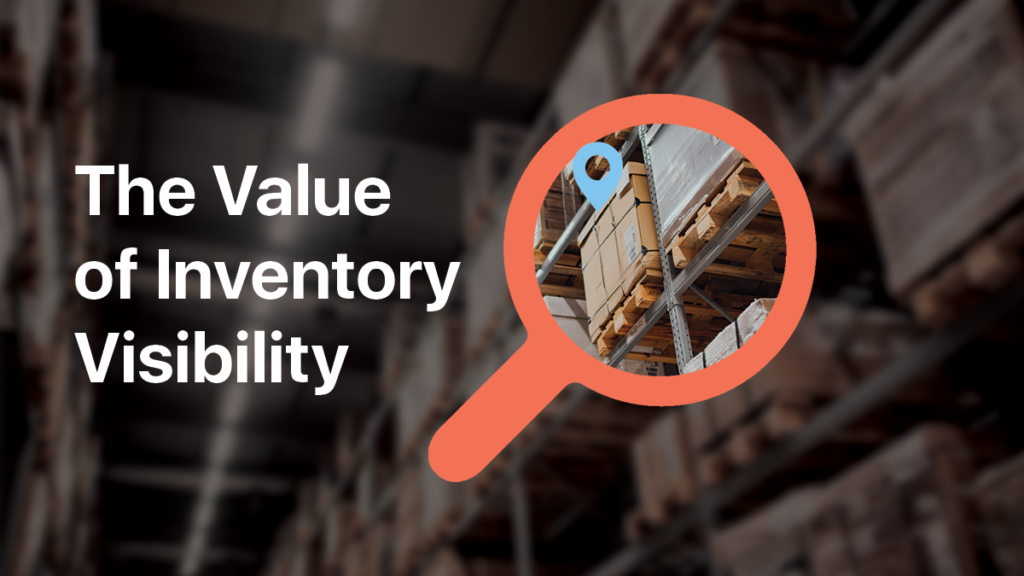What is Inventory Visibility?
‘Inventory visibility’ is, put simply, maintaining constant awareness of your assets. From arrival, to shipment, return, and storage – Your team has a front row seat to the status of every asset, every step of the way. No matter your industry – healthcare, finance, pharmaceutical, manufacturing, technology, education, etc – you can benefit from inventory visibility.
How Do You Get It?
For any team, managing inventory can be a heavy undertaking. As your supply chain and inventory numbers evolve, the challenge grows. Thankfully, an inventory management system is a powerful tool for success. Yet, research has shown that 46% of small businesses aren’t tracking their inventory or using an automated inventory management system. Without a dedicated system, teams miss out on robust information and valuable inventory visibility benefits like…
The Value:
Increased Efficiencies
Improving your bottom-line is a constant process. Revisiting and revising are necessary for the long-term success and continued growth of your business, and the visibility of your inventory is a key part of this development. Unhindered access to your assets can result in efficiencies in:
- Cost
- Preparation
- On-going logistics
- Warehousing
- And more
Security and Confidence
When it comes to your assets, you want to feel secure. We’re not just talking about data protection like ISO 27001 standards; You should feel confident that everything is being handled properly. When you’re confident in your inventory management, you’re more confident in fulfilling your customers’ needs. This is done by opening the curtain, and letting you view every step of the process…without having to handle the nitty-gritty details. True inventory visibility grants you access to the status, availability, and location of your assets at all times.
In your inventory management system, look for:
- Barcoded property
- SKUs
- Color-coding systems
- Photographed inventory
- Pre and post-shipping inspections
…all to help you quickly and accurately locate specific inventory.
Unique, In-Depth Understanding
With a clear view of your inventory and the data surrounding it, your team can develop a deeper understanding of the process and its effects. It’s important and beneficial to have custom reporting features that provide an in-depth look at business units and asset data. Examples of reports could include:
- Outgoing shipment report
- Consumable report
- Projects with conflicts report
- Event-specific report
- Rental inventory report
- Warehouse report
- Stocked discrepancy report
- Asset history report
- Graphic report
These perspectives increase the predictability of your inventory and allow you to adjust assets with your expected demand.
Empowered Communication
Informed decisions are the best decisions. With inventory visibility, there’s no guesswork. All of your assets’ data is readily available for your team. Whether you’re consolidating inventory or allocating resources, visibility gives your team the accurate, up-to-date information they need to make decisions.
How to Improve Your Visibility
It’s all about the inventory management system. Choosing the right software for your team takes time, but receiving unhindered visibility into your assets is well worth it. As you browse through programs, we recommend making a list of your top features/priorities including must-haves and nice-to-haves, and check them off as you go.
Sample Inventory Management System Checklist:
- 24/7 access
- Real-time reservations and calendar integration
- Security standards
- Dedicated user and administrator accounts
- Barcoded property
- SKUs
- Color-coding systems
- Photographed inventory
- Pre and post-shipping inspections
- Custom reporting
- Rental Inventory
- Email notifications for shipments

